Joseph Rufino Cordeiro Foundation (JRCF) Summer Research Studentships 2025
Joseph Rufino Cordeiro Foundation (JRCF) Summer Research Studentships 2025
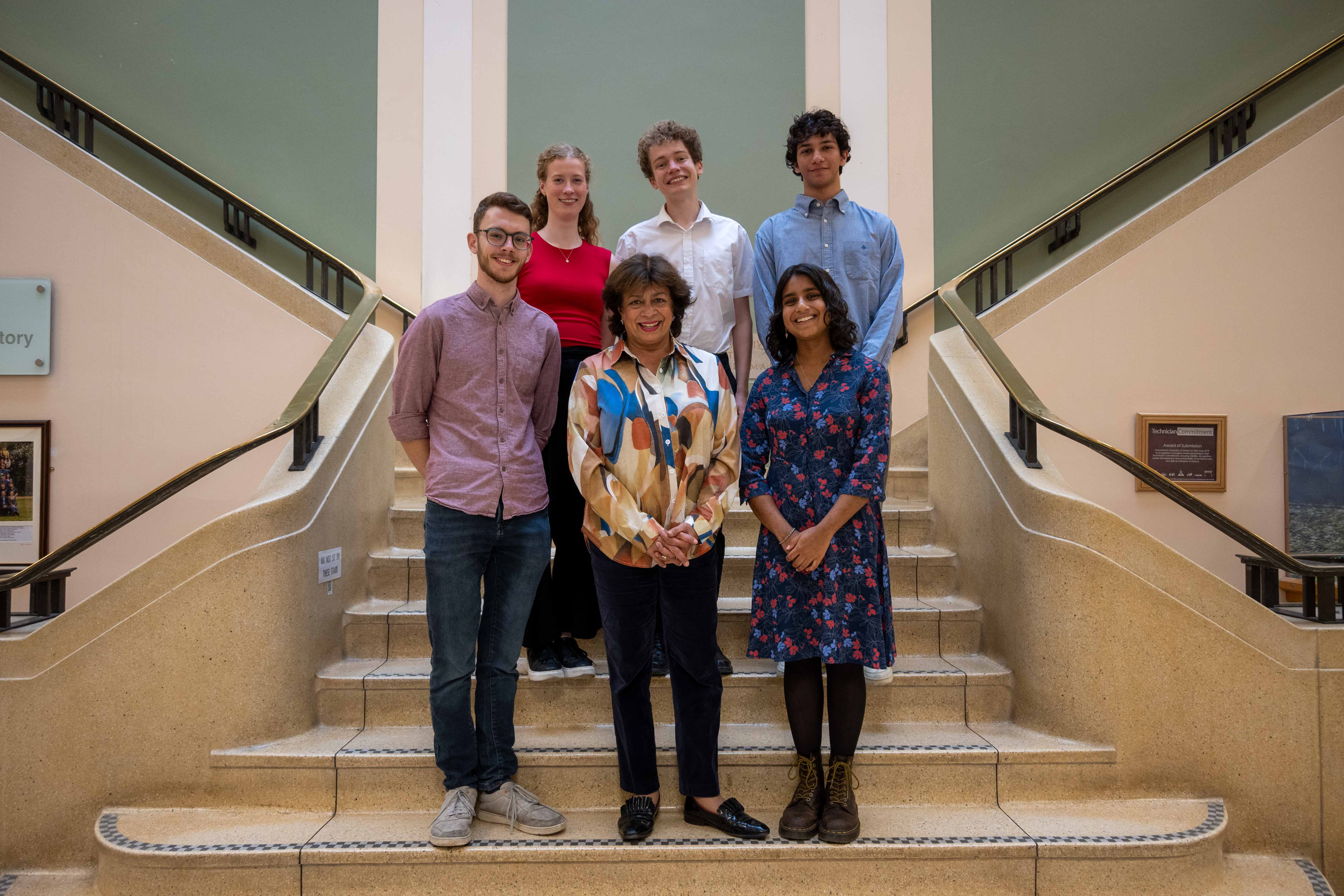
Left to right: Sam Fryer, Amy Ellis, Chair of the JRCF Board Mary Anne Cordeiro, Gregory Dean, Soumya Sen, Kiran Diamond.
Building on the momentum of the past two years, the Department of Chemistry was delighted to welcome a new group of five undergraduate students for the 2025 Joseph Rufino Cordeiro Foundation (JRCF) Summer Research Studentships.
The JRCF was created to nurture scientific progress by funding scientific research projects and encouraging the development of early-career researchers. In 2023, the Trustees launched a dedicated programme of summer studentships in Oxford Chemistry. The initiative is designed to open up opportunities—particularly for students who may be under-represented in academic chemistry—while maintaining a strong emphasis on sustainability-focused research.
The Foundation is led by Mary Anne Cordeiro, an alumna of Worcester College and of the Department. It was established in 2022 by her family in memory of the late Joseph Rufino Cordeiro, a scientist of Goan heritage who was educated in India.
Over an eight-week placement during the summer, the 2025 JRCF cohort became part of the Department’s research community and contributed to ongoing projects across a range of chemistry disciplines. Gregory Dain, currently enrolled at Oxford, joined the Ritchie group, Kiran Diamond, currently enrolled at Cambridge, joined the Hoye group, Amy Ellis, currently at Queen’s University, Belfast, joined the Neidig group, Sam Fryer, currently at Bristol, joined the Gregory group, and Soumya Sen, currently at Oxford, joined the Tait group.
Mary Anne Cordeiro, Chair of JRC Foundation, said:
The Foundation is delighted to continue to support the cohort of five students for research in sustainable chemistry for the third year. The high calibre of applications has made the bar for successful candidates even higher, but we are thrilled that the JRCF students are inspired by their work over the summer to continue to seek a career in chemistry research.”
Professor Grant Ritchie, Head of Physical and Theoretical Chemistry, said:
“We were delighted to welcome this year’s JRCF students to the Department. During their time with us they have shown great commitment and enthusiasm, and have made valuable contributions to our research environment. The continued partnership with the Foundation and Worcester College is greatly appreciated, as it enables us to provide important opportunities for talented students to experience research first-hand.”
The 2025 JRCF students describe their summer research experiences below:
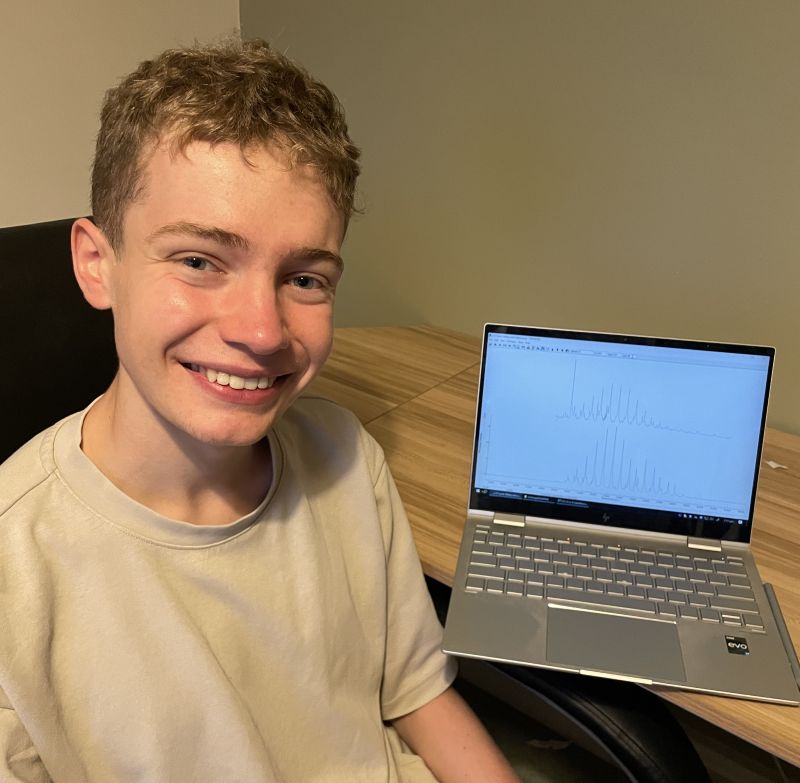
Throughout the first two years of my degree, my hunger to understand and harness chemistry has only grown, and I have been eager to experience life as a research chemist. Having grown up in the countryside, I am fiercely passionate about nature - being able to combine chemistry and sustainability through the JRC Foundation was a brilliant opportunity - I was extremely glad to be accepted!
The production of advanced, high-memory computer chips requires deep, high-aspect-ratio holes to be etched onto silicon wafers. This is commonly achieved with a fluorocarbon plasma using cyclo-C4F8 as a feedstock gas. But, as this gas is over 10,000 times more potent as a greenhouse gas compared to carbon dioxide, industrial-scale usage is entirely unsustainable. I was very grateful to work with the Ritchie group and utilise their expertise in plasma chemistry to search for alternative, more sustainable fluorocarbons.
The unsaturated isomers of C4F8 are candidates for more sustainable feedstock gases, through imitation of aspects of the plasma chemistry of cyclo-C4F8. The strength of the greenhouse effect for these isomers was computationally predicted using density functional theory (DFT), warranting further investigation into these gases. Steps towards experimentally measuring the number density of various fluorocarbon radical species present in each plasma, crucial to their etch chemistry, were taken through characterising and simulating their emission spectra. In tandem, I coded the framework for a model to predict these number densities for a specific plasma. Through fusion of theory and experiment, the etch characteristics of more sustainable gases can be properly understood and eventually applied to industry. I’m excited to say that my studentship has laid the groundwork for a future Ritchie group DPhil project!
My progress was often impeded by roadblocks, and learning the tenacity to stay motivated during failure was an extremely important takeaway from this summer. Charlie, my DPhil supervisor, was extremely welcoming and instrumental in the whole process – her guidance throughout the highs and optimism in the lows of my research were much appreciated!
Equally important were my Uni parks lunchtime walks with the rest of the Ritchie group, which, combined with Grant’s wisdom and infinite plasma expertise, ensured that I flourished through my research placement.
As a Worcester student during termtime, I was ecstatic to find out we’d be living in college accommodation - being provided room and board was fantastic, making our stay so much more comfortable. I’m especially glad to have been able to share these 8 weeks with the rest of the JRCF cohort! From after-dinner Taskmaster to wild swimming to our group trip to Bristol, I couldn’t have asked for a better group to spend the summer with.
This studentship has strengthened my desire to pursue research after my degree - I’m more excited than ever to continue to work towards sustainable Chemistry during my Part II year and beyond! I can’t thank Mary Anne, Grant and the JRCF enough for the opportunity to work on such important, exciting chemistry, with so many inspirational people.
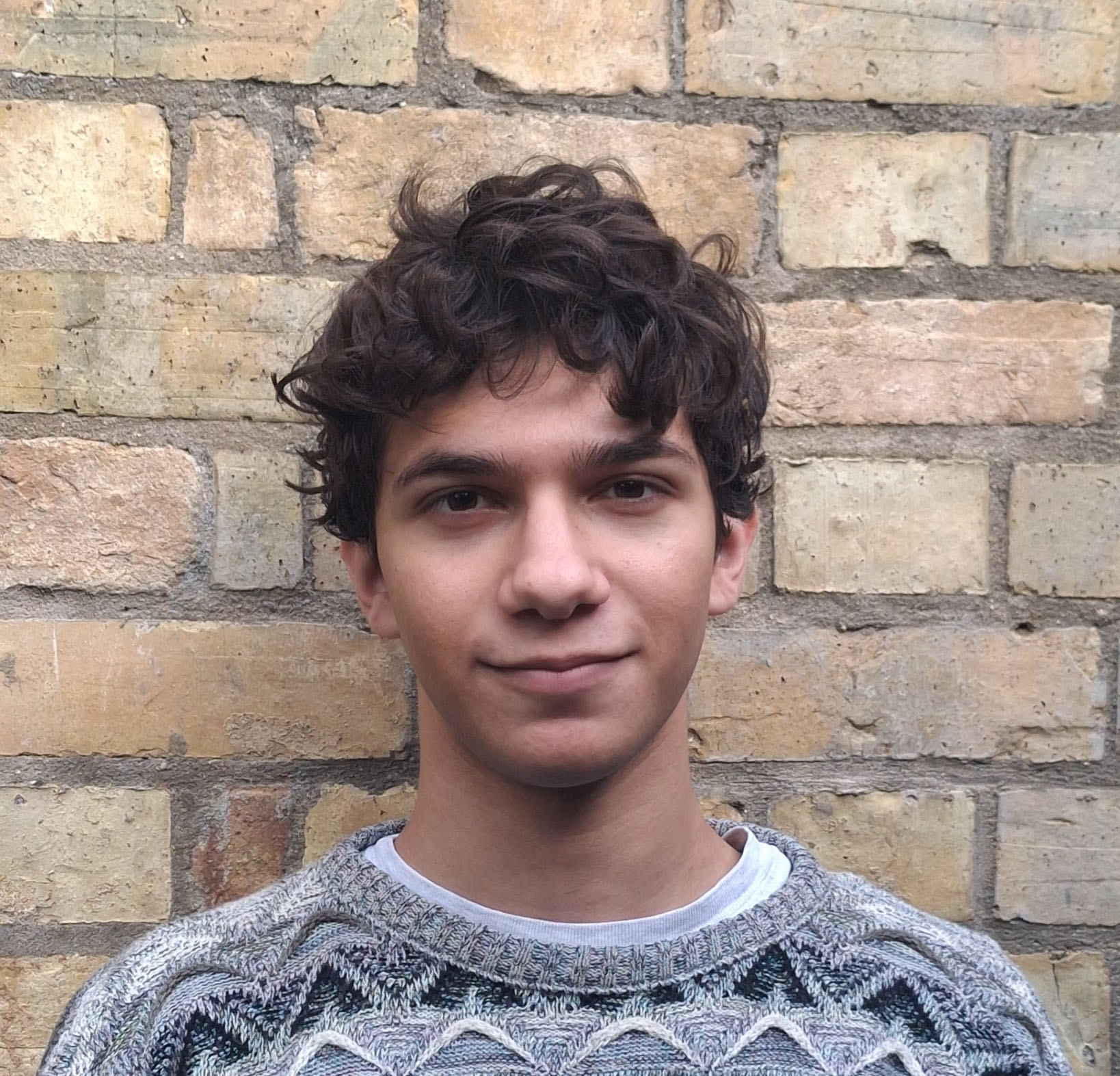
After the first two years of my undergraduate chemistry degree, I was keen to get experience working in a chemistry research environment. I’ve always wanted to pursue a career with environmental applications, so I was excited to see the opportunity to undertake a summer research project in sustainable chemistry thanks to the JRCF studentship.
I’m particularly interested in the application of energy technologies to reduce carbon emissions and combat the climate crisis, so I applied for a project with the Hoye group, which focusses on the development of optoelectronic materials and devices like solar cells. In particular, the group studies lead-halide perovskites (LHPs) and LHP-related materials. LHPs are photovoltaic materials that can be used to make solar cells as efficient as the silicon cells used widely today but are much more easily manufactured due to a high defect tolerance. However, poor chemical stability and the toxicity of lead are barriers to their widespread adoption.
In this project, we proposed to investigate the LHP-related material CuBiSCl2 as a less toxic and more chemically stable alternative to LHPs for solar cells. To improve the efficiency of CuBiSCl2 cells relative to the prototype cells reported in the literature, we planned to synthesise nanocrystals of CuBiSCl2, which can be used to make a high-quality thin film that could result in a more efficient solar cell.
At the start of the project, I was warmly welcomed to the lab by my mentor, Dr Shiling Dong. Building on her previous work on CuBiSCl2, I spent several weeks trying to develop a hot-injection synthesis of these nanocrystals. She helped me learn air-free synthesis techniques using a Schlenk line and glovebox, as well as characterisation techniques, like X-ray diffraction and scanning electron microscopy to analyse the phases present and their morphology. I also got a lot of guidance from another postdoc in the group, Dr Yongjie Wang, who was always keen to share his expertise in nanocrystal synthesis, answering questions and suggesting new methods to try when things went wrong. The rest of the group was also hugely helpful and welcoming, showing me how to use countless different pieces of equipment and software.
During the project, many experiments weren’t successful, but it taught me about the problem-solving involved in real-world research, and I learned a lot from working out the reasons for this. By the end of the 8 weeks, I made progress towards developing a synthesis recipe, although further work is needed to continue to reduce the size of the crystals.
It was amazing to be able to stay in Worcester College, and to come back from the lab every day to the peaceful gardens and beautiful lake. I was very lucky to make friends quickly with the other students, and I really enjoyed the time we spent together relaxing and exploring Oxford.
I’m extremely grateful to the JRCF for enabling this incredible experience, and to my mentors Shiling and Yongjie in the Hoye group for their guidance. This project cemented my desire to undertake a PhD, and to work towards a career in sustainable chemistry.
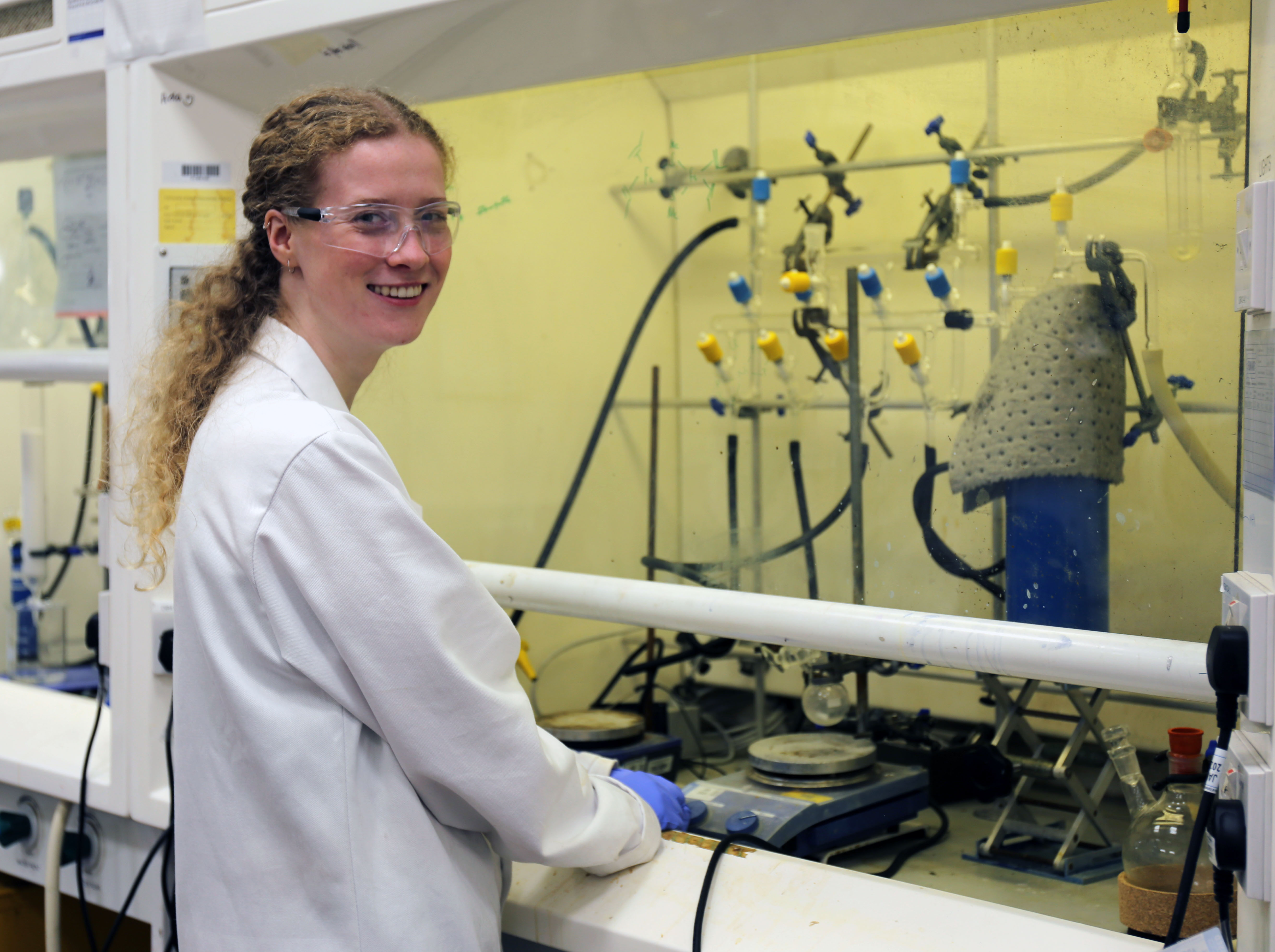
Before beginning my Master’s year, I wanted to gain first-hand experience of academic research and what PhD life could be like. I was keen to see whether I would enjoy working in a research environment and to develop skills and knowledge that would support me in my final year of university. With guidance from my supervisor, Jos, I designed a project focused on the development of new mixed donor ligands for the synthesis of low-coordinate iron complexes. The work was divided into two parts: training in specialist techniques and carrying out original research.
Jos was a brilliant supervisor throughout. We had a clear plan from the start, and he always took the time to show me techniques, explain ideas, and answer my (many!) questions. That guidance helped me build confidence as the weeks went on, and I gradually felt ready to tackle more of the work on my own. I also really benefited from being part of the wider research group, who were welcoming and always happy to share advice or discuss results.
My initial goal was to synthesise ligands and coordinate them to iron complexes. This took longer than anticipated, as developing a reliable route to form imines required several rounds of troubleshooting and optimisation. However, by the end of the placement, I had successfully synthesised my target ligands and coordinated them not only to iron but also to aluminium – an exciting extension into main group chemistry. These outcomes aligned closely with the aims of my original proposal, which made the final results particularly rewarding. Alongside these achievements, I became proficient in Schlenk line techniques and using the glovebox, and by the end of the studentship I was confident working independently under inert conditions – something I would not have been able to do at the start. Beyond practical skills, I also developed problem-solving abilities, time management, and confidence in communicating my work to others in the lab.
The studentship more than met my expectations. I was fully integrated into an academic lab, developed new technical skills, and gained insight into the reality of research life. I had initially been unsure whether I would enjoy research, but the experience confirmed my enthusiasm and motivation to pursue it further. I particularly enjoyed the creativity of designing experiments and the satisfaction of finally seeing them succeed after many attempts. This has reinforced my interest in pursuing further research opportunities and strongly influenced my thinking about a PhD.
Living at Worcester College was another highlight. The college was beautiful and in such a convenient location, close to both the lab and the city centre. I also got on really well with the four other students I was staying with. We often had dinner together, shared stories about our day, and went punting or cycling in our free time. Having that support made the whole summer even more enjoyable.
Looking ahead, I am excited to continue developing my independent research and laboratory skills during my Master’s year. I would particularly like to undertake an inorganic chemistry project, building on the organometallic research experience I gained this summer and further exploring the kind of work that first inspired me to apply for the JRCF studentship.
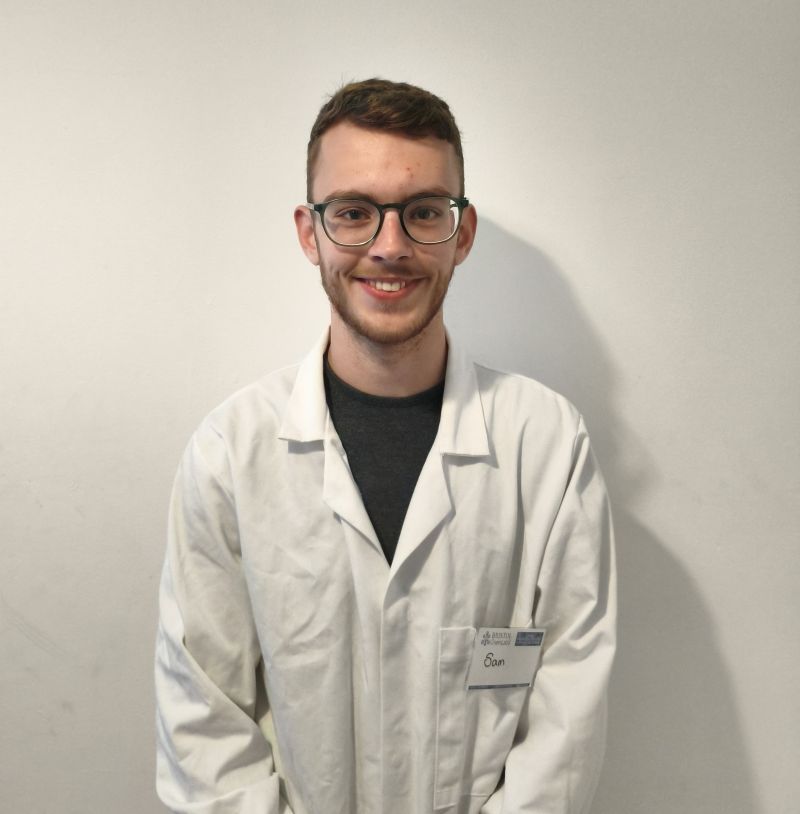
Throughout my three years of studying chemistry, I have always been drawn to sustainable chemistry, and I knew I wanted my future to focus on this area. When I came across the JRCF studentship, it felt like the perfect opportunity to gain first-hand experience of current sustainable chemistry research.
I applied with a particular interest in energy storage systems and was delighted to join the Gregory Group at Oxford to work on sustainable, conjugated ionic block copolymers for advanced energy storage systems, such as new solid-state batteries. The goal was to design polymers that combined both electrical and ionic conductivity within a single architecture. To achieve this, we used three distinct polymer blocks: 1. A conjugated thiophene block to provide semiconducting properties, 2. An oxygen-rich polyether block to provide flexibility and favourable ionic interactions, and 3. A polycarbonate backbone with a borate anion to anchor metal cations, creating a single-ion conducting polymer (SICP).
At the beginning of the project, I was both excited and a little apprehensive about whether my skills were ready for a research environment. Thankfully, my mentor, Dr Georgina Gregory, provided excellent guidance throughout, always taking time to explain new techniques and answer my questions. The group’s collaborative atmosphere, with support from DPhil students Freddie Leslie and Kieran Stakem, helped me feel confident and able to develop quickly.
Over the course of the eight weeks, I synthesised 11 different SICP polymers using eight different metal ions. By varying both the block ratios and polymer weights, we explored how these changes affected conductivity. Early testing showed promising results, particularly with sodium, potassium, and magnesium systems, which built on and improved the group’s previous work.
The studentship exceeded my expectations in every way. I learnt a huge amount about polymer and sustainable chemistry, but just as importantly, I discovered the areas of research I am most passionate about. This experience has strengthened my commitment to sustainable chemistry. I am now eager to pursue my master’s project in this field and look forward to applying for PhD opportunities in the near future.
Beyond the research, the support we received made the summer even more special. Worcester College provided accommodation and full board, and living alongside the other four JRCF students meant we quickly formed close friendships. Worcester’s welcoming atmosphere, along with small perks like access to tennis courts, made it a fantastic place to live and work.
I am deeply grateful to the JRCF and Mary Anne Cordeiro for making this opportunity possible, and to Professor Grant Ritchie for his continued support. This studentship has been transformative, giving me both technical experience and clarity about the direction I want my future in chemistry to take. I would encourage any student with an interest in research to apply, it was truly an unforgettable experience.
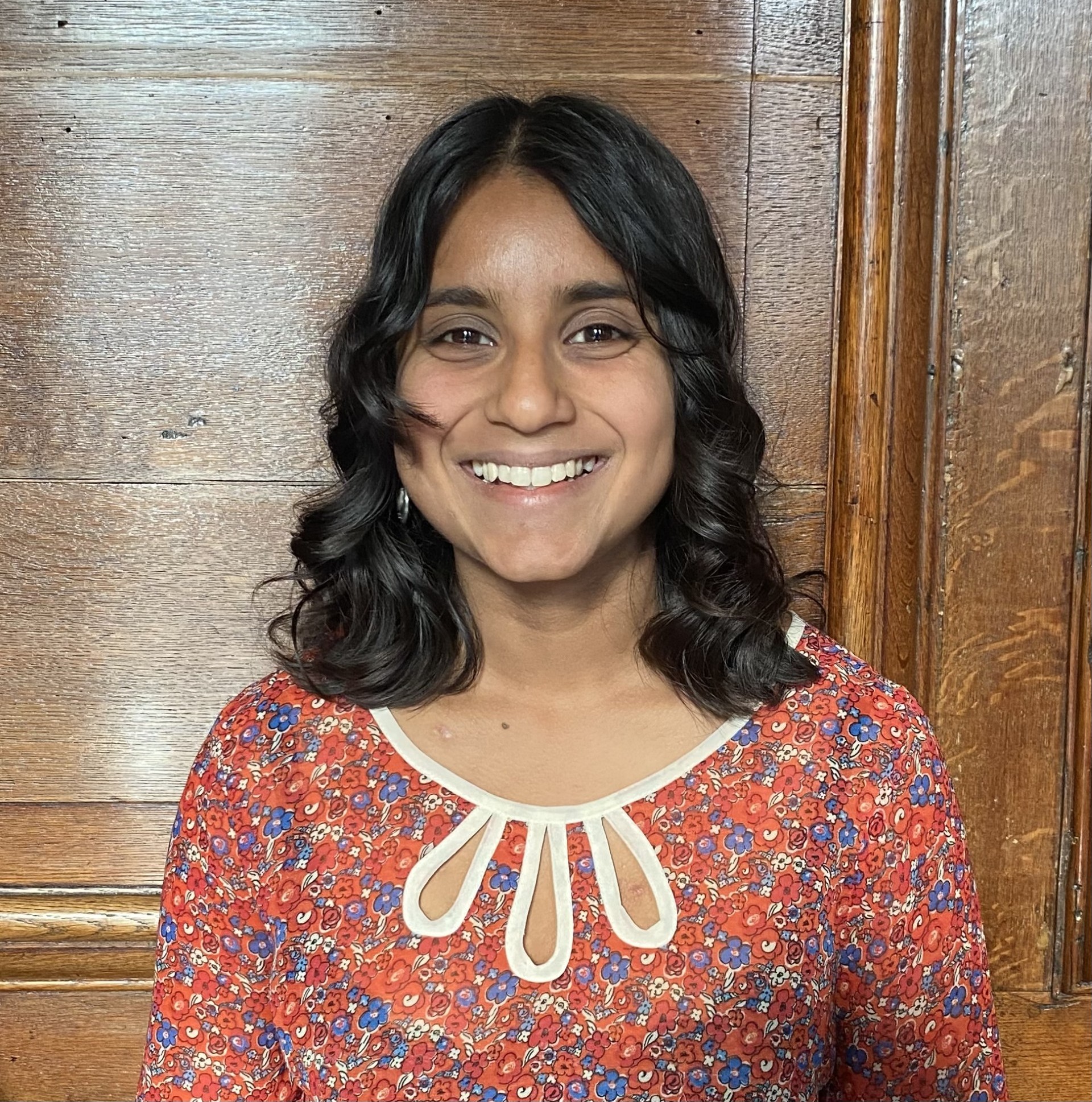
Following my second year of undergraduate chemistry, I was keen to see how the theory I learnt in my degree could be applied to meaningful research. I was considering pursuing a future career in research, so I applied for a JRCF studentship. This seemed like the perfect opportunity to experience research with a strong purpose in sustainable chemistry, an area I am passionate about.
I was particularly interested in the Tait Group’s research into materials for organic photovoltaics using electron paramagnetic resonance (EPR) spectroscopy. This directly tackles the core of the climate crisis: developing sufficient alternatives for energy production to reduce dependence on fossil fuels. I was excited to be accepted into this group to research singlet fission in tetracene derivatives.
The solar energy reaching the earth has the potential to meet global energy demand many times over, making it a promising source of renewable energy. However, current solar cells are limited in efficiency as the energy of photons being absorbed must match the active material’s band gap. In singlet fission, a high-energy singlet state generates two lower energy triplets. If each triplet can induce a charge separation event, a single high-energy photon could generate double the charge carriers, hugely improving the efficiency of solar cells.
I aimed to investigate singlet fission in tetracene derivatives, to learn more about the mechanism and explore correlations between molecular structure, morphology and efficient charge carrier generation. My project included both experimental and theoretical elements. I spent two weeks preparing samples and measuring their temperature-dependent time-resolved EPR spectra, and the other weeks improving simulations of singlet fission spectra in MATLAB, a programming language that I was previously unfamiliar with.
Throughout the project, I was supported by my supervisor Prof Claudia Tait. I am hugely grateful for the time Claudia dedicated to teaching me about EPR, patiently guiding me through use of the EPR spectrometer. Her vast knowledge and willingness to explain things to me multiple times allowed me to get the most out of this experience. Claudia and the other members of the group welcomed me warmly, and were always available to answer questions or give me feedback on my project in group meetings.
By the end of my project, I had successfully developed simulations for singlet fission spectra that used a time-dependent exchange coupling model. These were an improvement on the previous simulations as they better matched the spectra we obtained experimentally. I learnt about the research process, especially how unexpected results are not always failures but may reveal new paths to be investigated.
Outside the lab, I loved spending time with the other students exploring Oxford, baking and having tea together. We enjoyed eating dinner outside every evening, and were grateful for the lovely food and accommodation generously provided by Worcester College.
I would like to thank Mary Anne, Grant and JRCF for making this studentship possible, and Claudia and her group for supporting me this summer. This studentship has inspired me, and strengthened my ambition to pursue research after the end of my MChem, in EPR or similar related fields.




